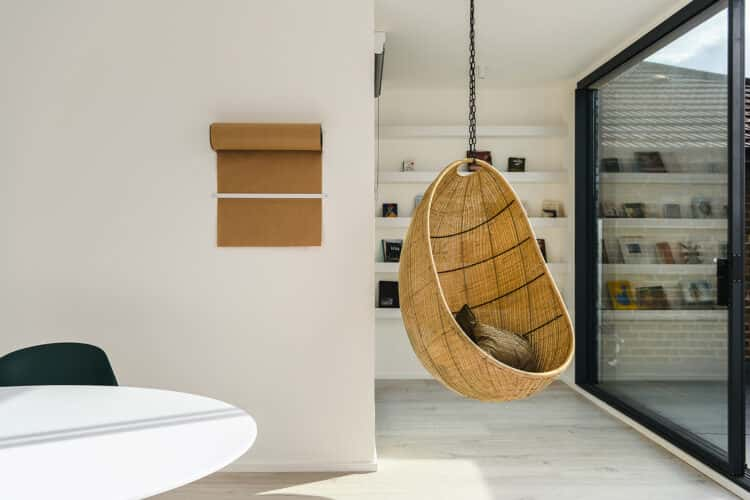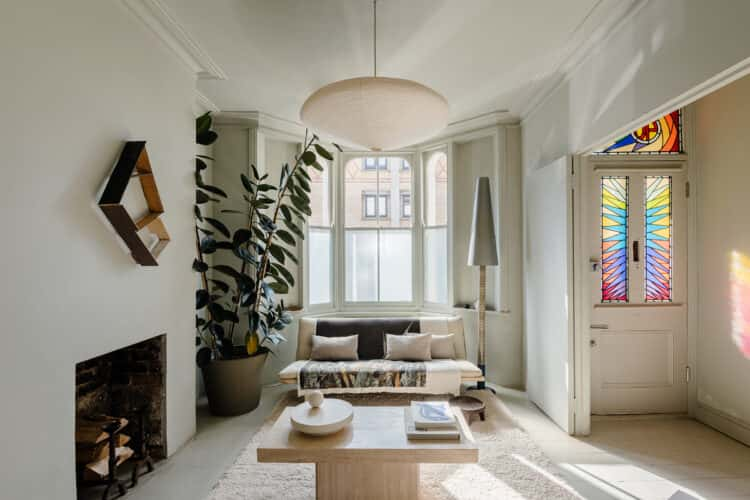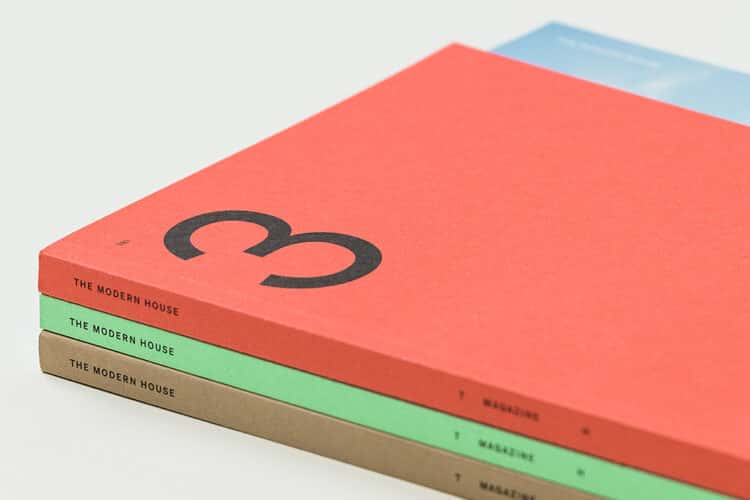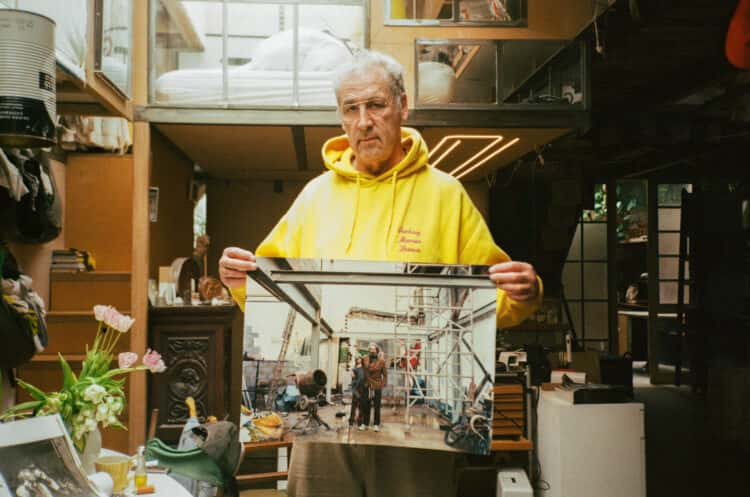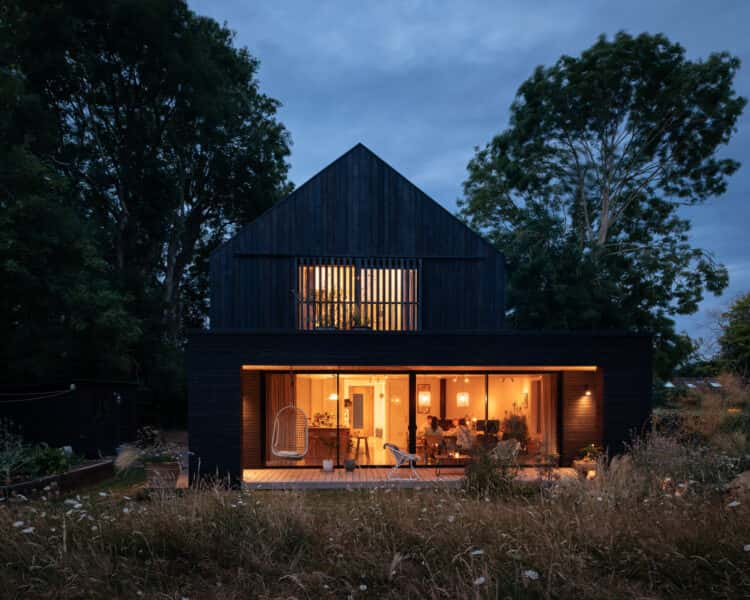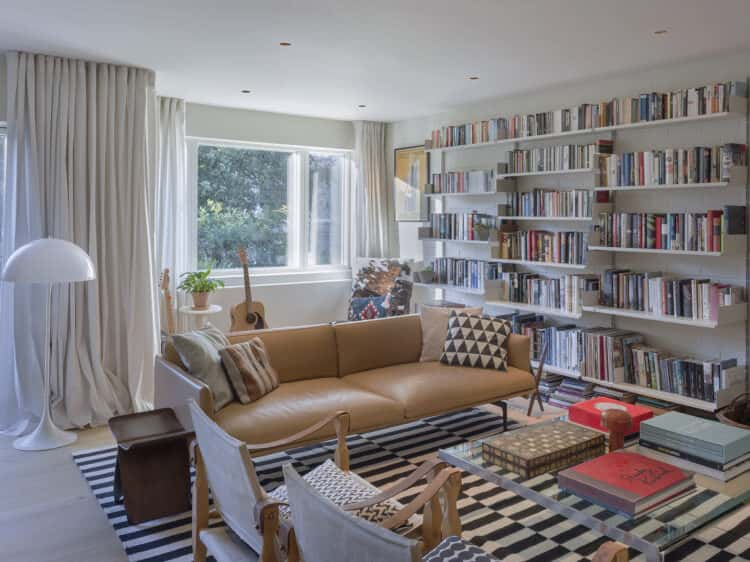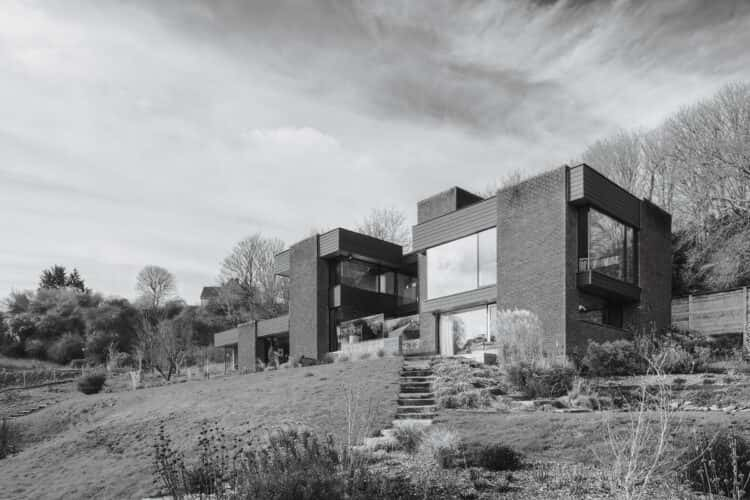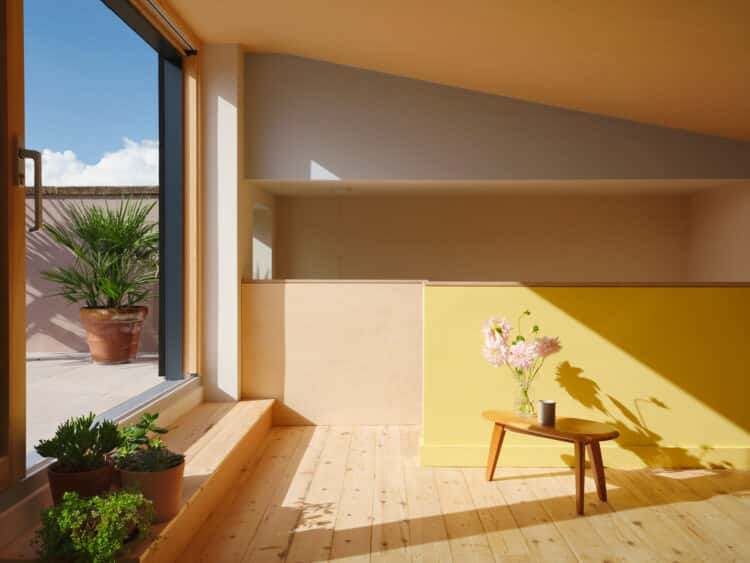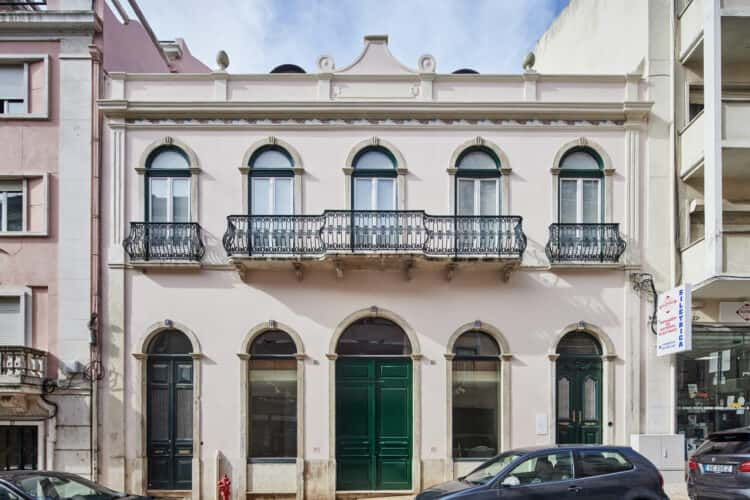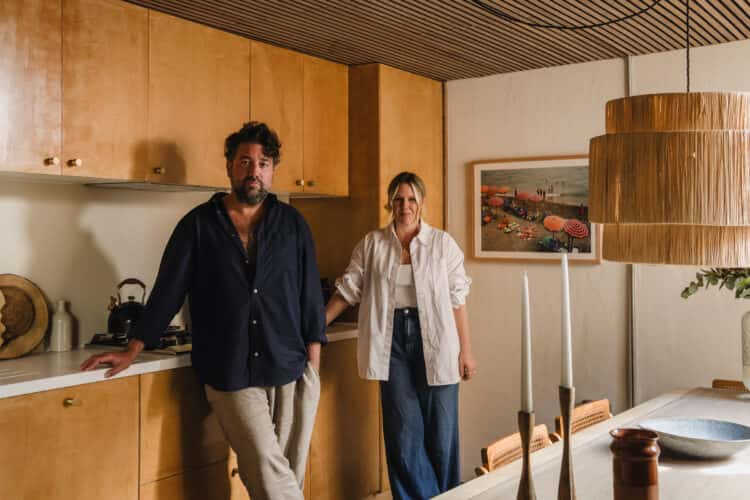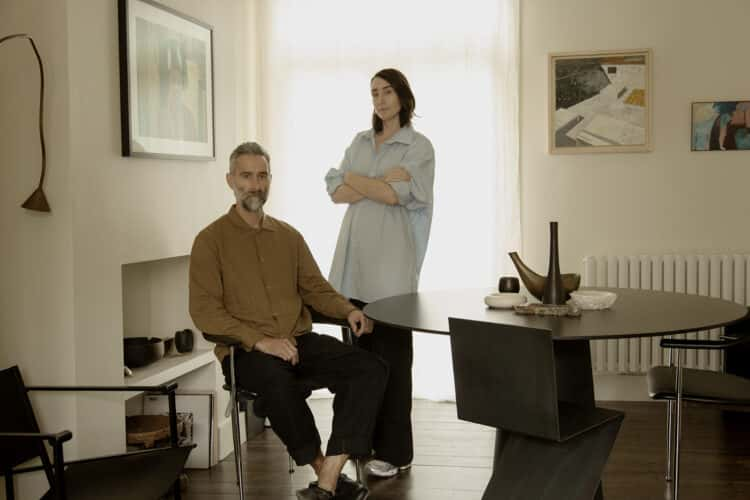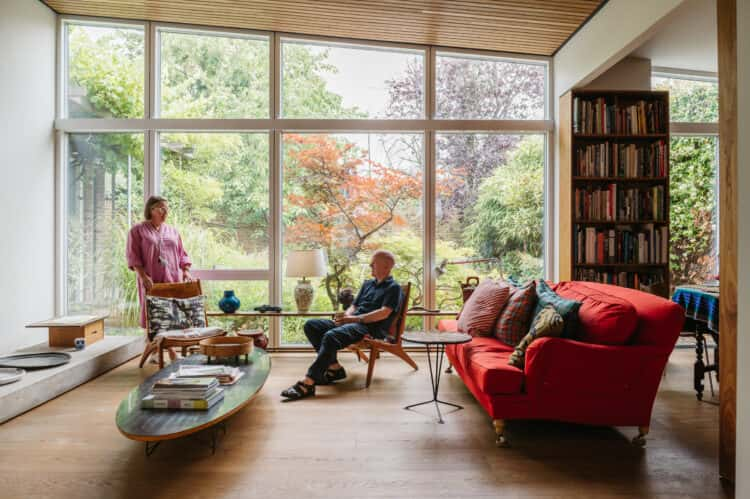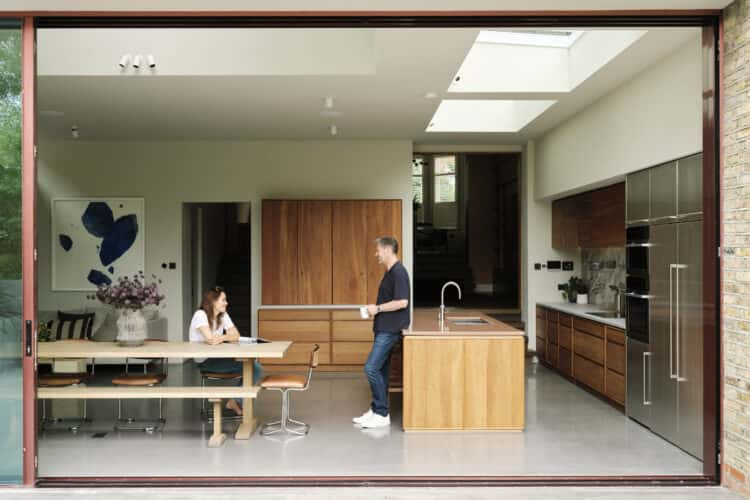Designer Remi Connolly-Taylor on championing local resources at her self-designed live/work space in Maryland, east London
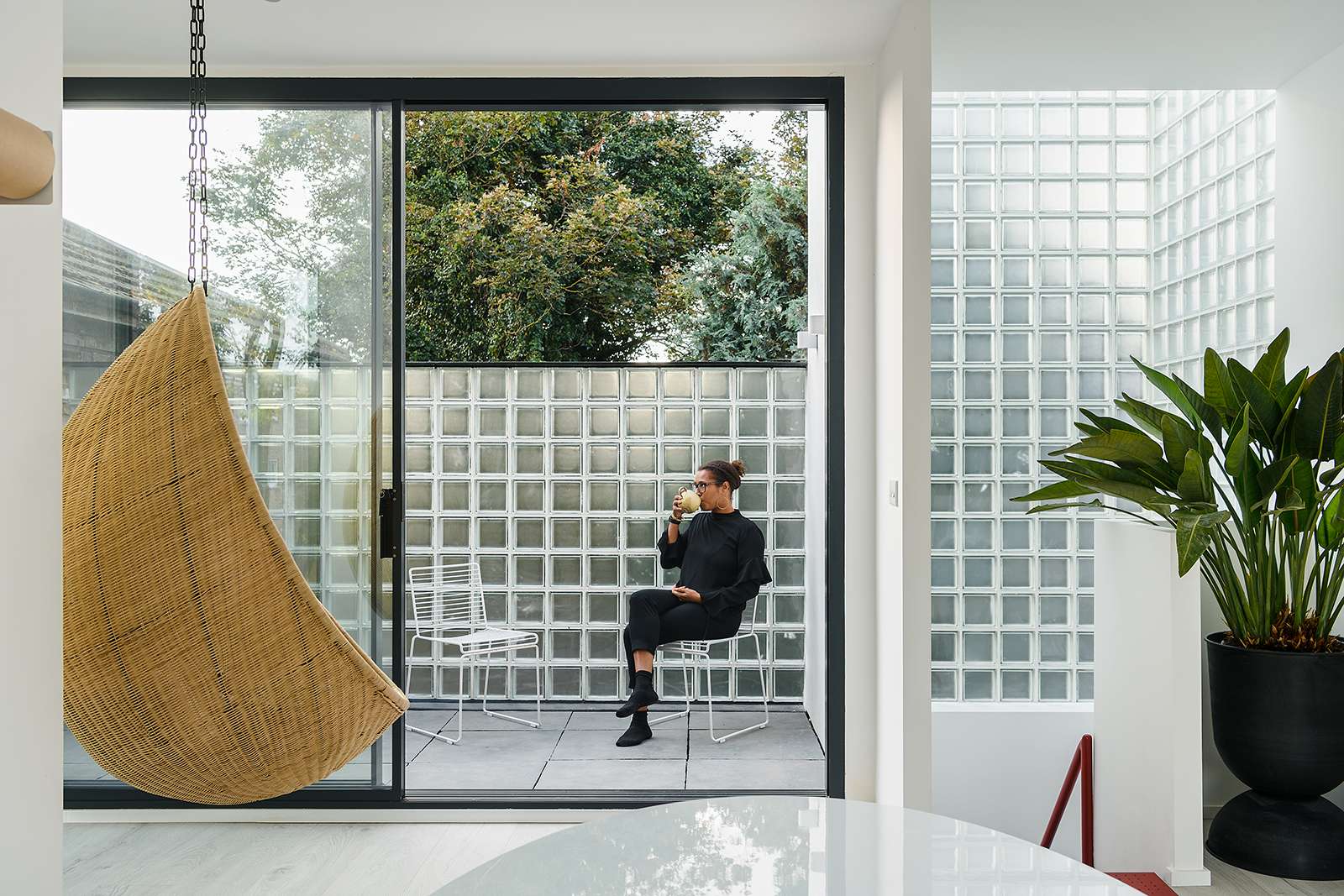
Words Billie Brand
Photography Elliot Sheppard
There are a few things you notice upon entering Maryland House: the abundance of natural light, the contemporary material palette, the bold design. The brief Remi set was to build a functional space that reflects the lives of a new generation of creative workers. After attaining an end-of-terrace plot at an auction, Remi realised the only way to fulfil said brief was to dig down to create a basement for living, leaving the top floor as a studio. In what was her first development project, she dived in headfirst, convincing the local council to give her permission to go ahead with her complex ideas and bartering with local craftsmen for the best deals. Here, she explains how she did it.
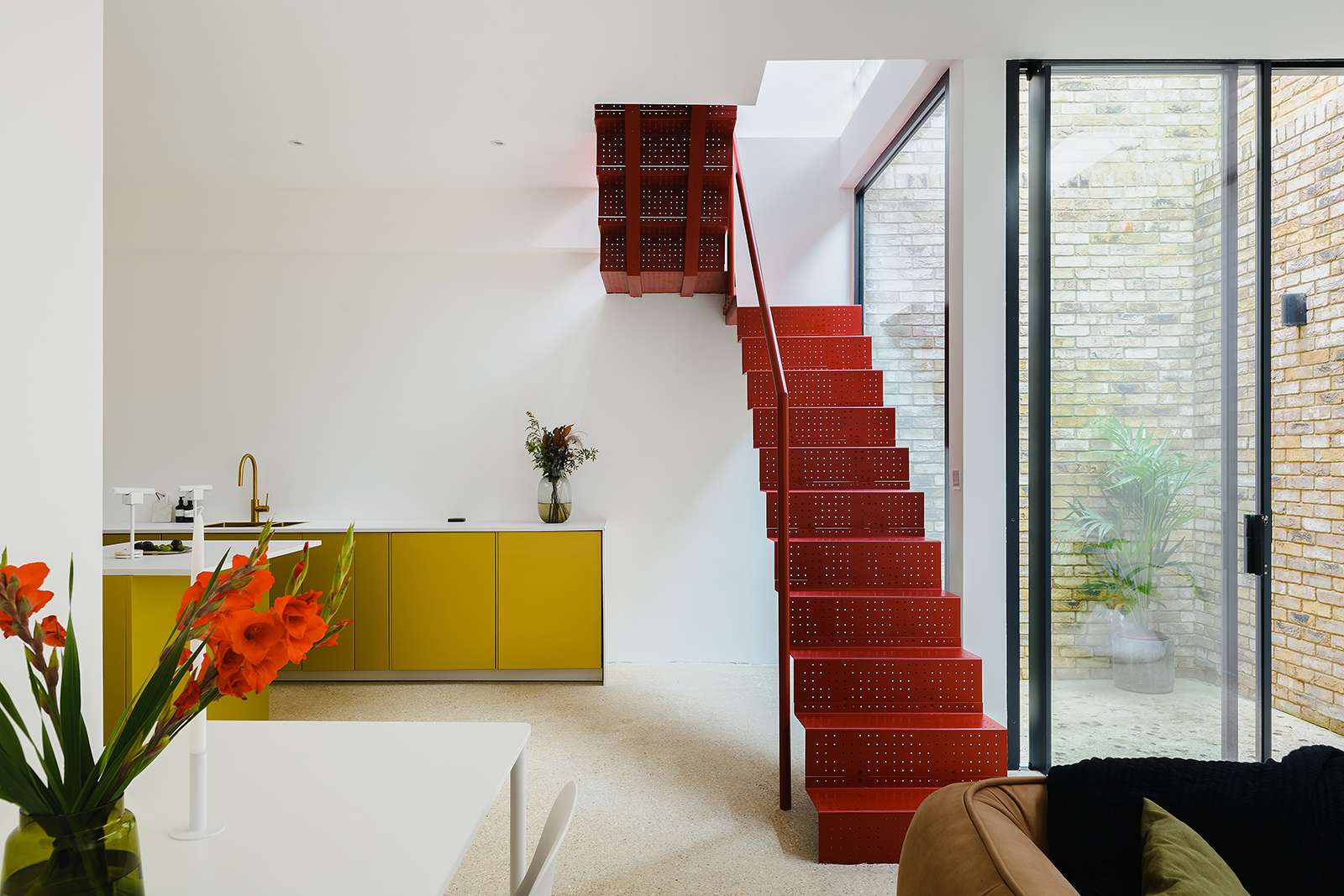
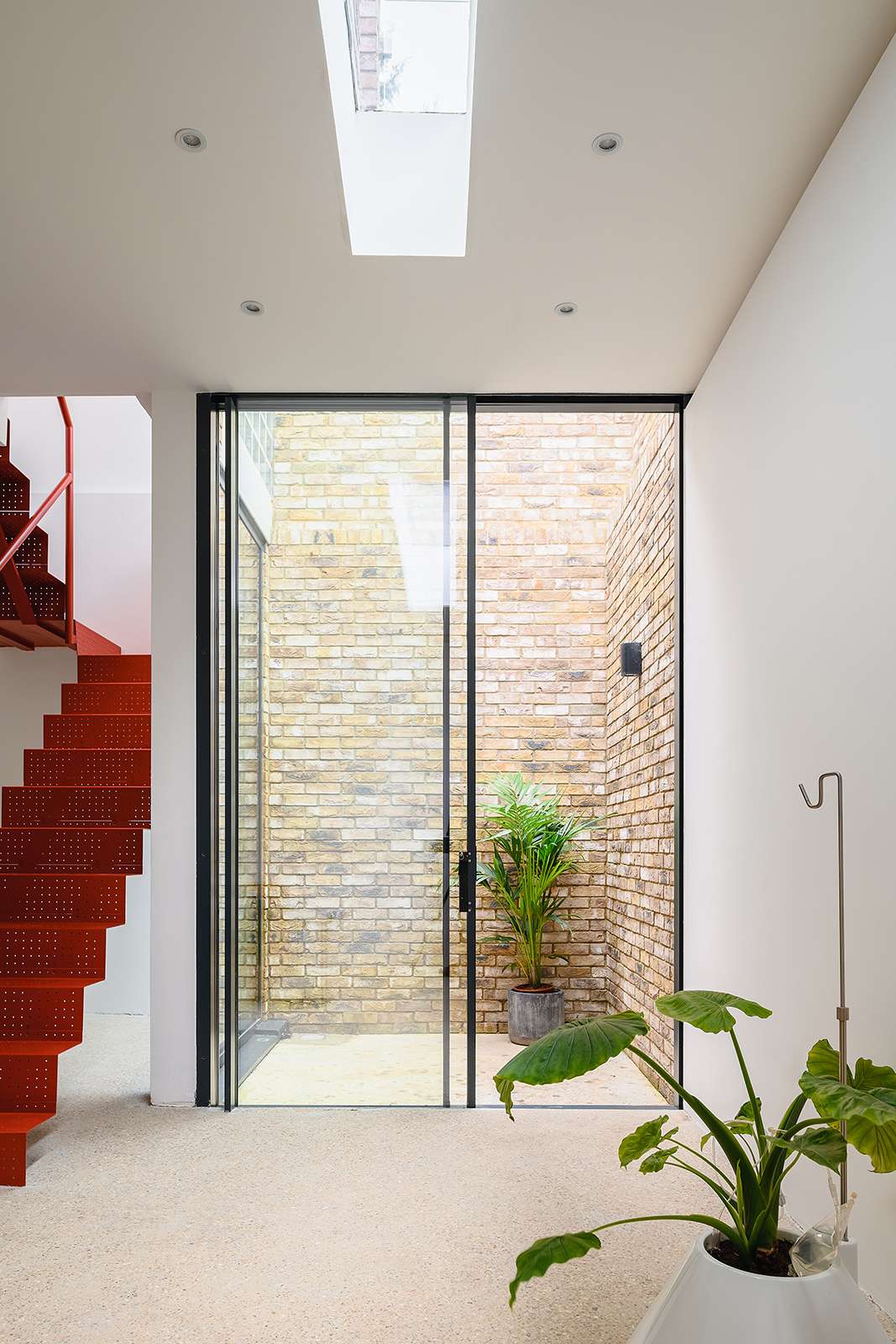
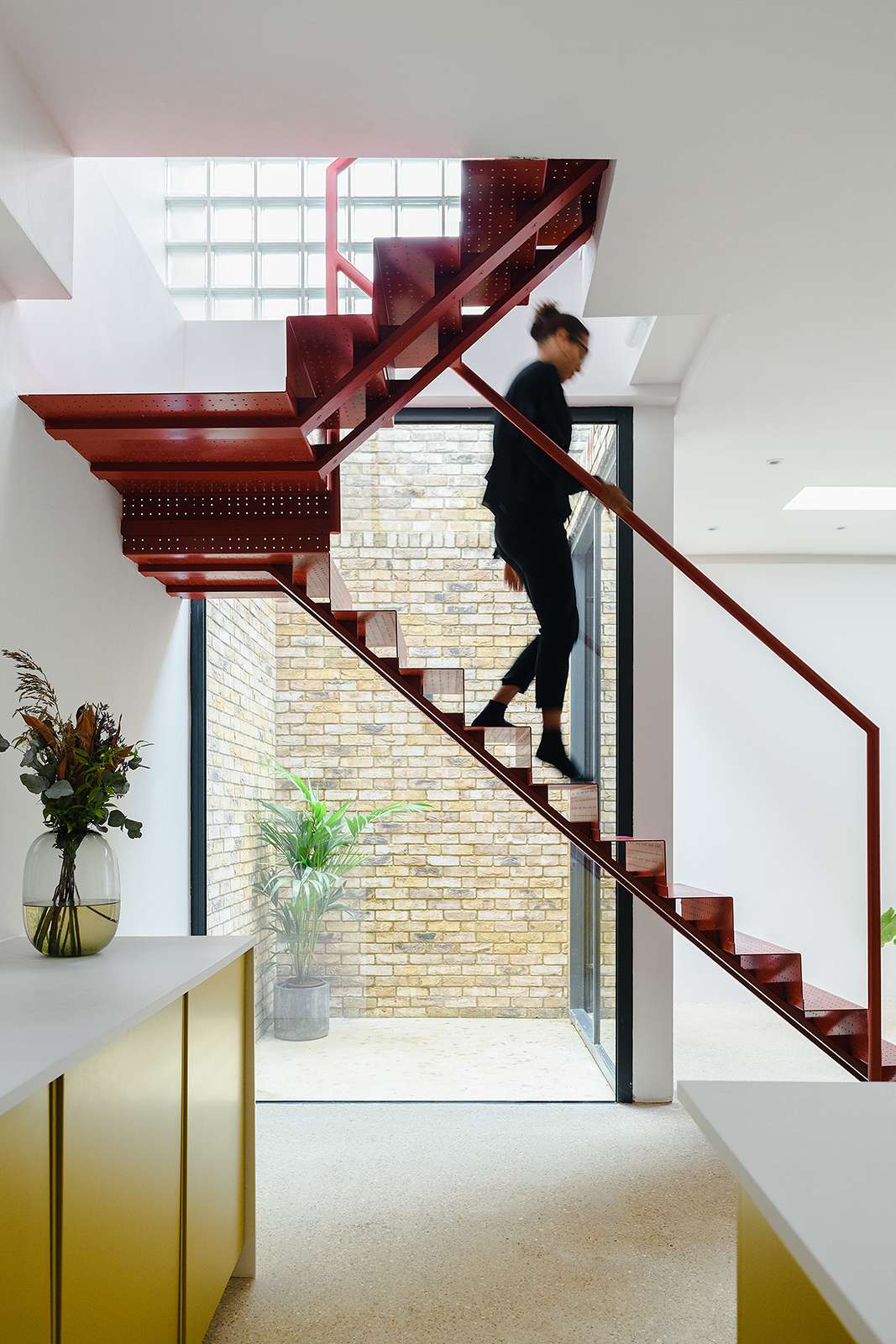
Remi: “At Remi.C.T Studio we are designers at heart. We’re always thinking about the beauty of a project. This was our first development and we wanted to make a statement.
“I had been living in New York studying architecture at Columbia University and that experience drove this project. I wanted a certain lifestyle, a studio space, an entertainment space – in New York, you don’t cook, you entertain. I came back to London and I wanted something exciting; I wanted grandeur.
“I went into the development in a very naive way, which probably worked in my favour. I went to an auction and put my hand up for a plot of land that previously failed to obtain planning and had legal issues. I didn’t really understand what that meant at the time. I was like, ‘Why wouldn’t somebody want a beautiful house on this site?’
“I was very lucky that I got the council on board with the project. I sent letters and told them I’m local, born and bred – I grew up in Leytonstone in Waltham Forest. They appreciated that I was going to live here and the diversity of the lifestyle I lead. I said to them, ‘I’m not going to put a three-bed here. I need the space to work and within London, there are people who want to live and work in different ways. Our housing stock has to reflect this – you have to allow me to make that space for myself as a designer.’
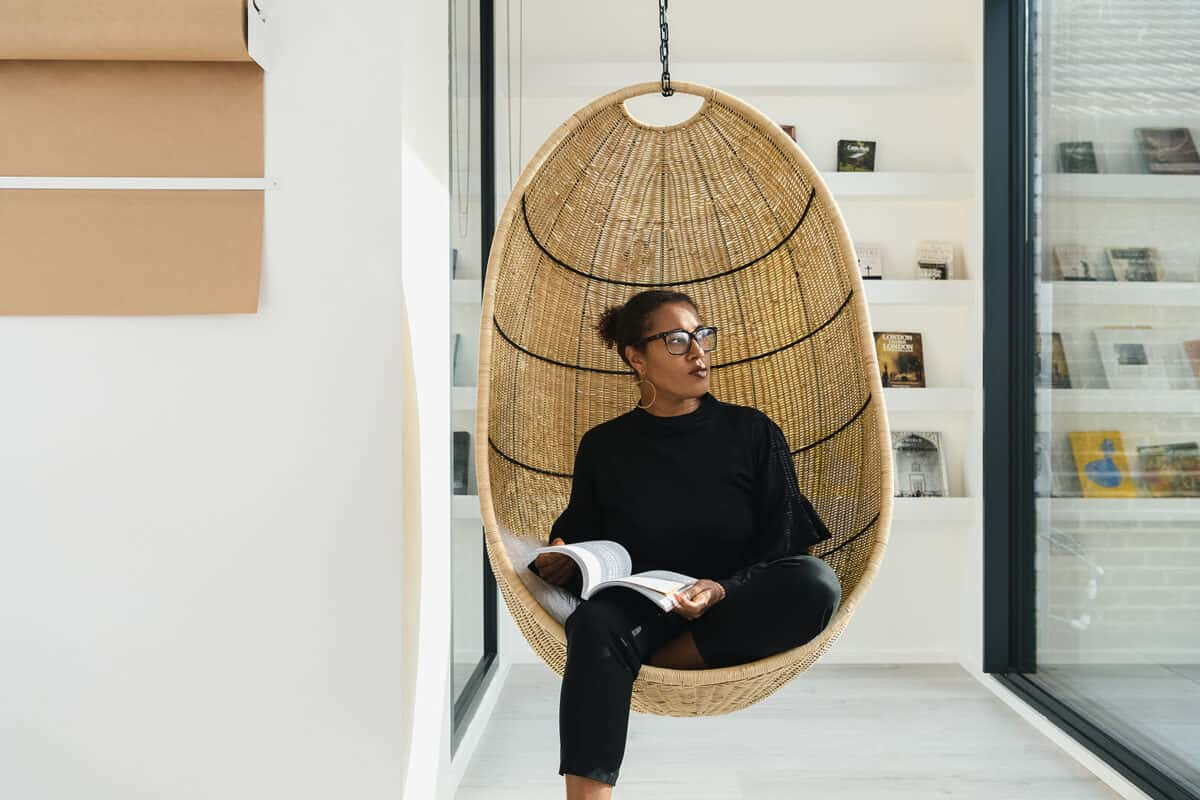
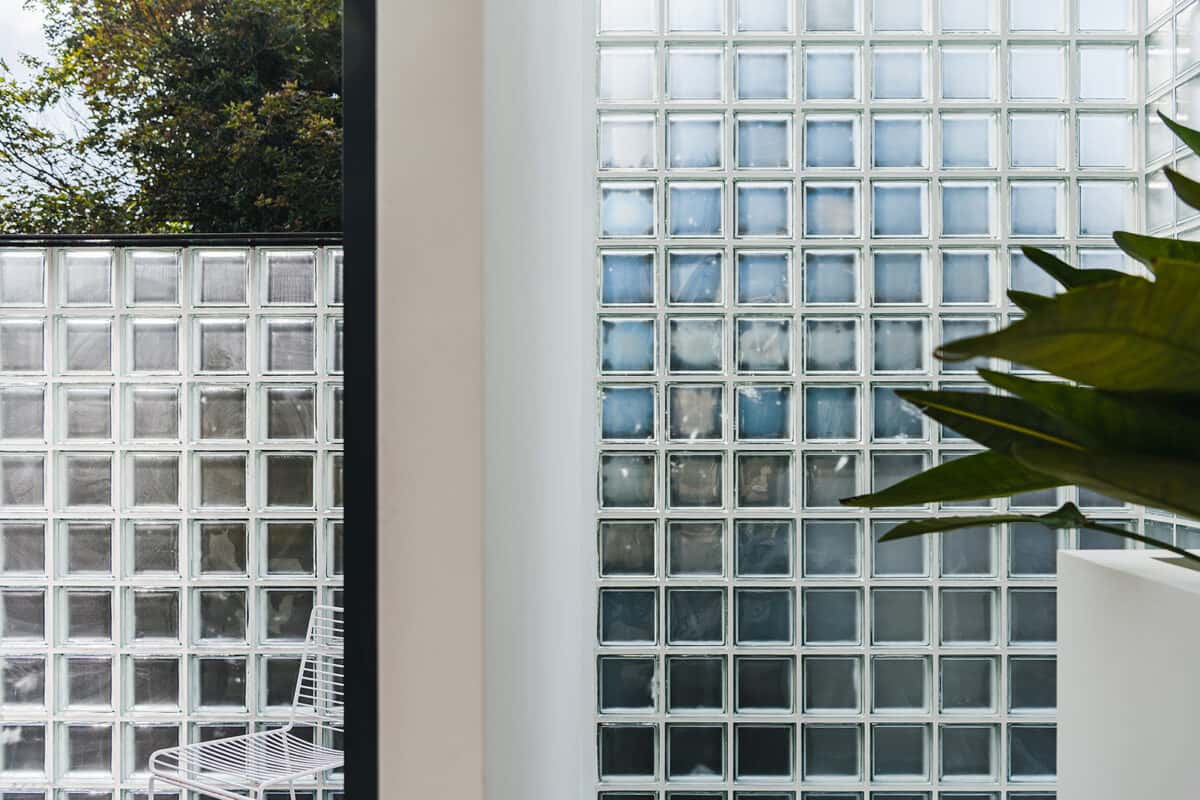
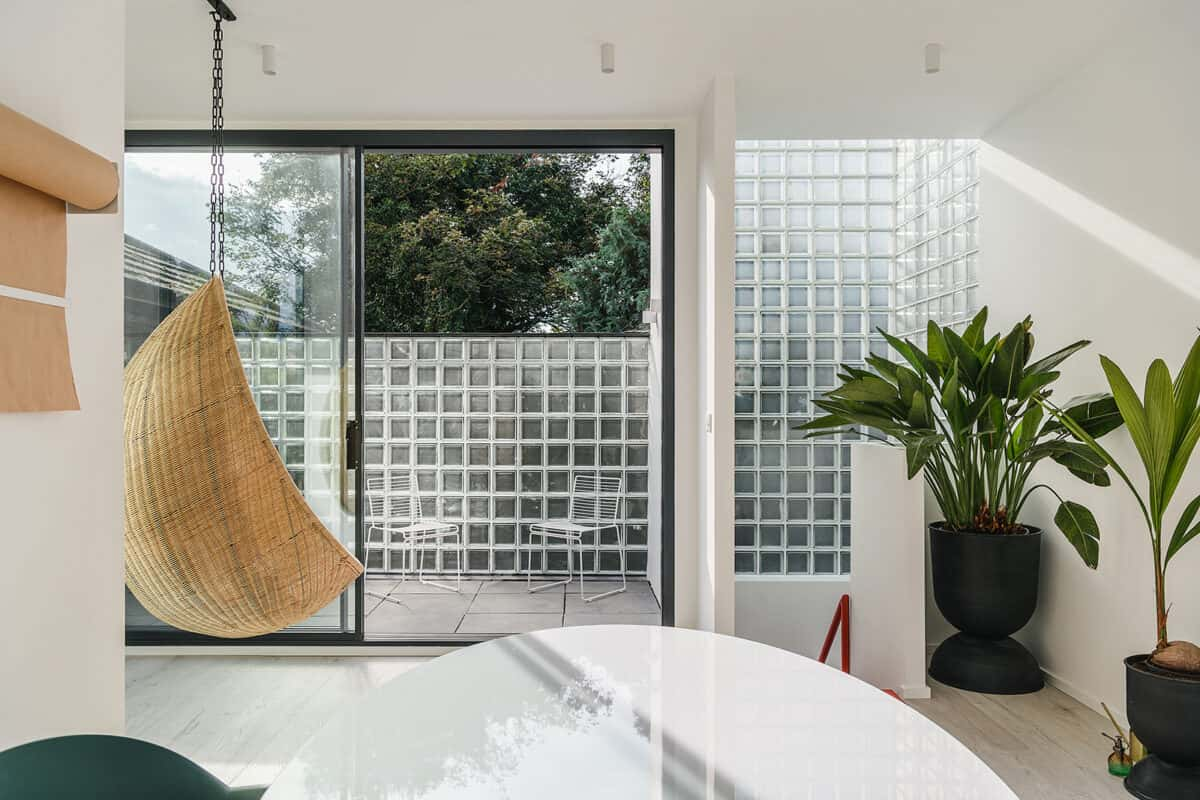
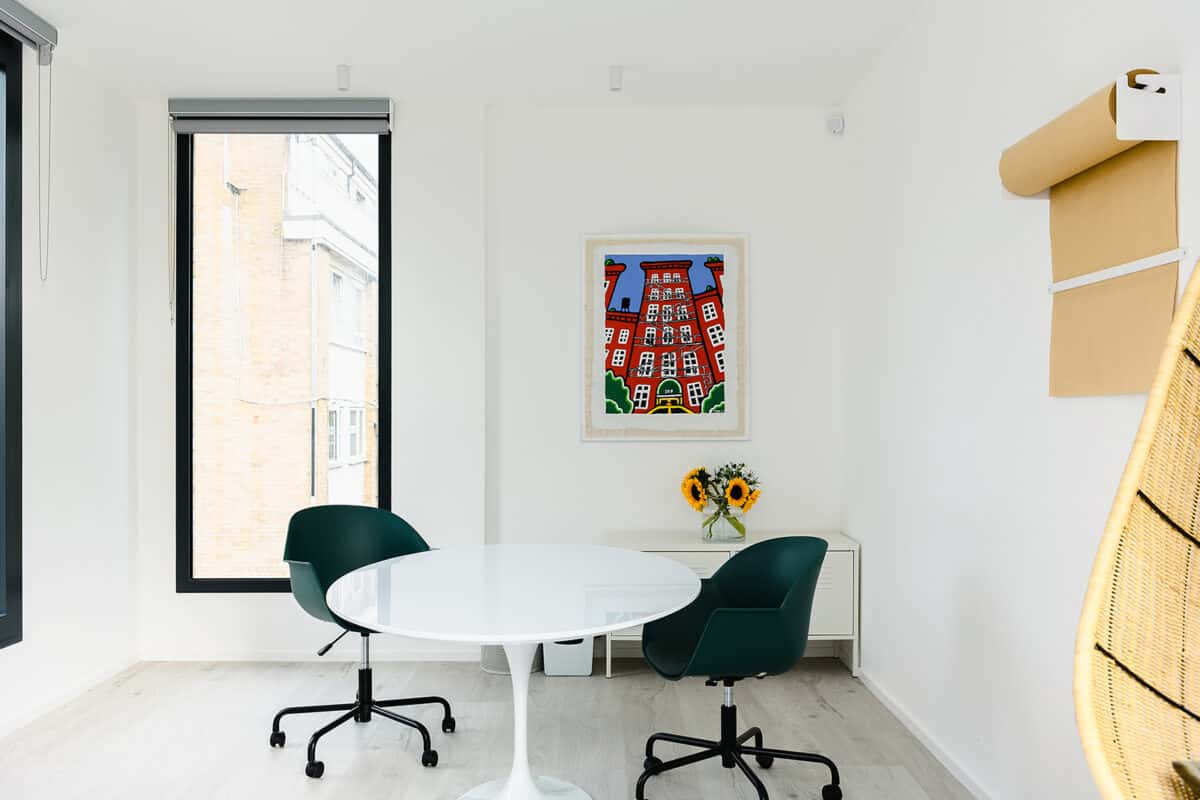
“It was important for the house to be truly sustainable and for us to work with local manufacturers as much as possible. I wanted it to be an East End structure. All the terrace houses here are made up of London stock bricks – they are used all over the city, but they are particularly common in the East End. It was important that we mirrored – or at least paid homage to – that material palette.
“We used unwanted bricks we could find ourselves or sourced from building sites in the area to keep the cost down and recycle where possible. We wanted elements of the house to be raw. I didn’t want it to feel overly polished, like a beautiful jewel.
“The pre-fab superstructure of the house only took 10 days to erect, but we bought the site in 2016 and the planning and designing took four years. The basement was 60 per cent of the work – we dug down four metres and it was a very complex build. In the basement, we wanted to pump as much light into the space as possible. That’s one of the reasons we have the lightwell and we put the skylight in to conquer dark spots.
“The diffused glass blocks we used for certain walls keep the light soft in the core. When it’s dark at night and the lights are on inside the house, it has a nice glow from the outside.

“As I said, I wanted to make a statement with the house, but I didn’t want the statements to feel secondary, I wanted them to be the true infrastructure of the house. For example, the staircase: in a house, you need a staircase come rain or shine, so we thought, ‘let’s go for it.’ I really wanted it to feel like the true heart of the home.
“I chose red for the staircase as I wanted something striking. I wanted it to feel like a contrast to the rest of the space – I knew I wanted greenery in the house and that there would be a lot of white. I went for a red front door too as I like the idea of making an entrance – and it’s huge, 2.7 metres. We couldn’t buy something of that size, so we had to make it. We convinced a local workshop to contribute their leftovers.
“The interior is minimalistic. I have moved around so much, so I’ve never had the time to accumulate stuff. I like canvas spaces. I love the idea that this house feels like I can manipulate it depending on how I’m feeling. The studio is my favourite space. I love the unique hierarchy of the house and that the studio is on the top floor. It’s the space where I feel the calmest – people don’t usually say that about their workspace.
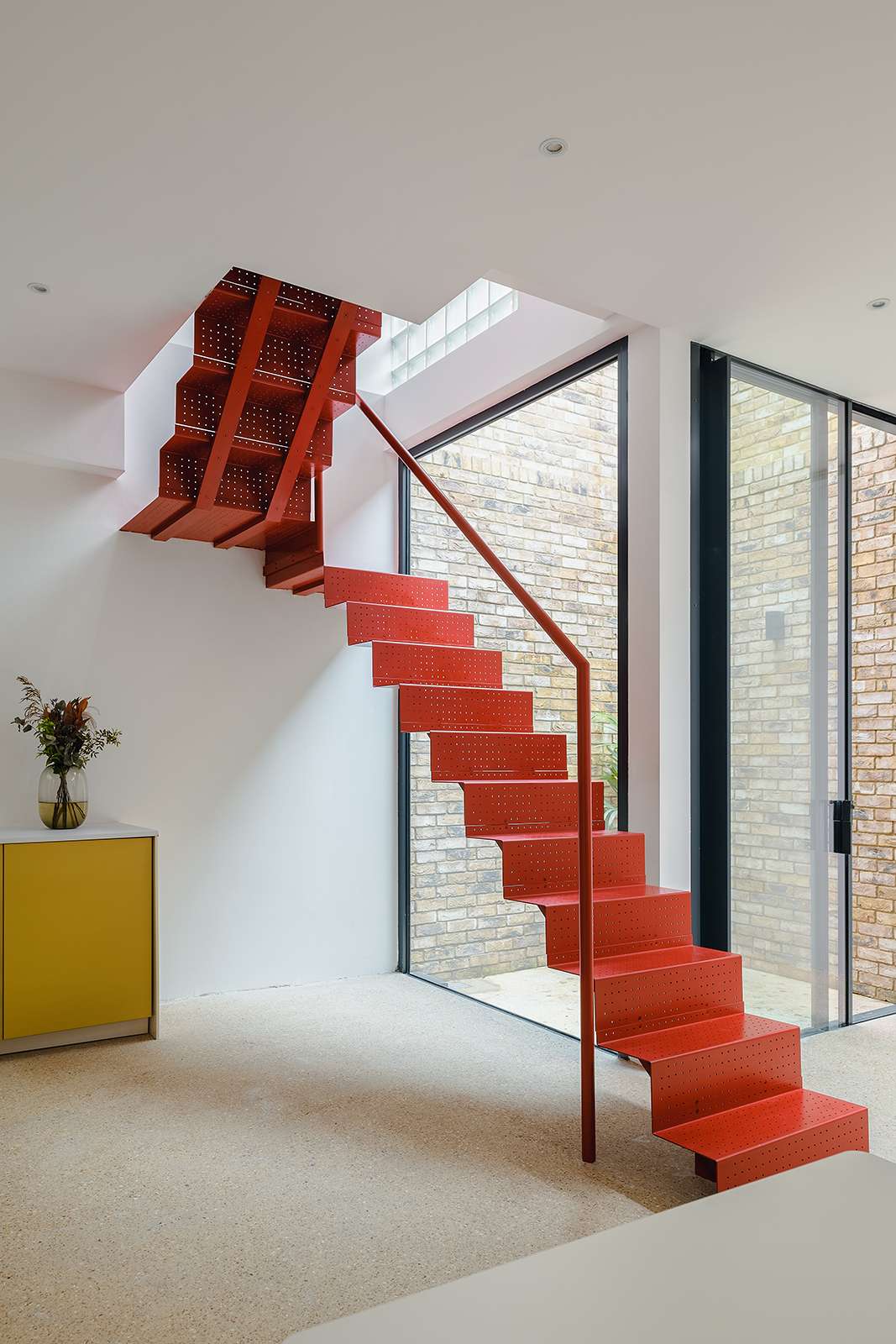
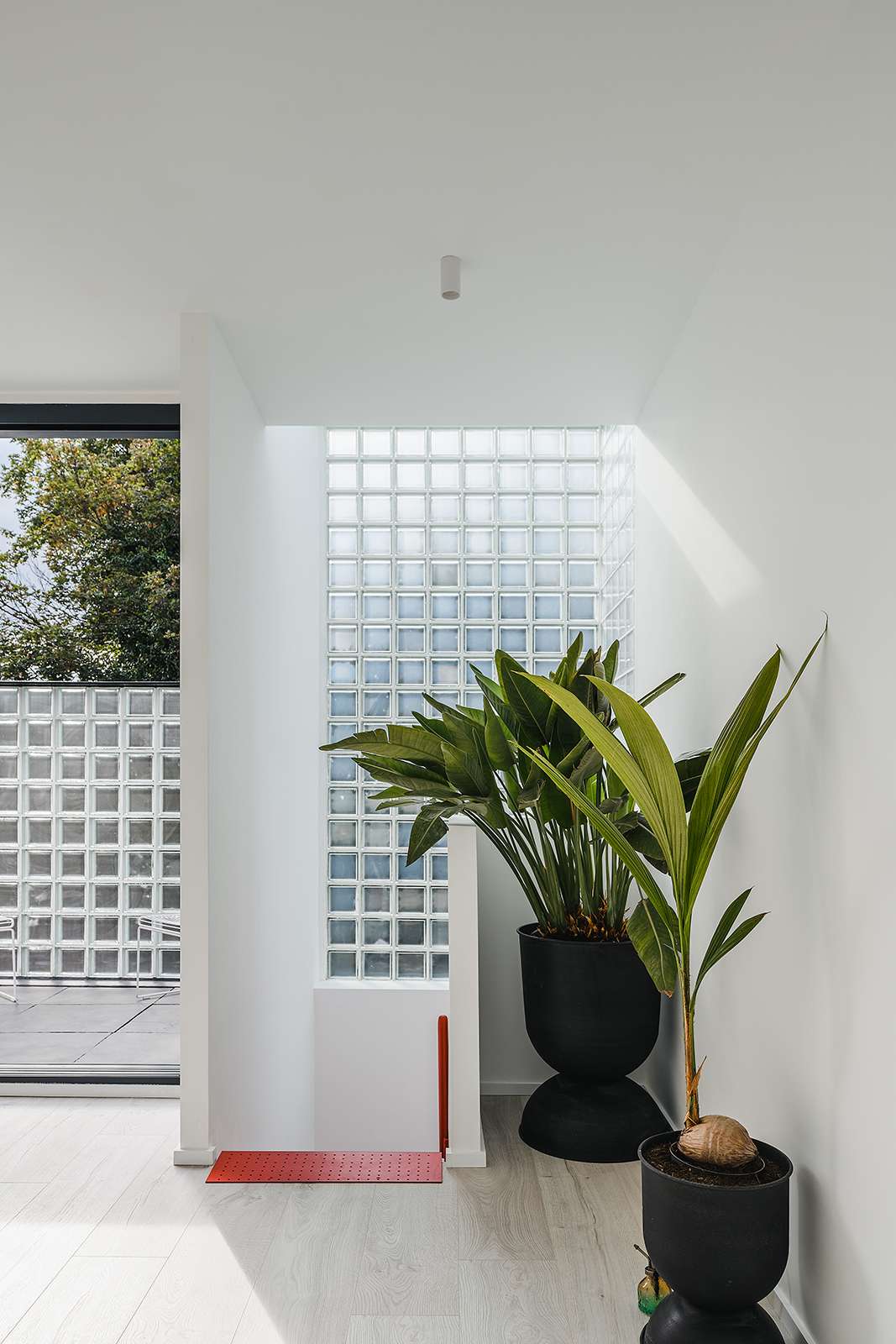
“Even though the house is bold, we didn’t want to do anything too alien to the street. We were really hoping it would be positively received by the neighbours – and it has been! They love the house. It shows that density doesn’t have to be a negative thing if it’s done well.
“East London has changed a lot because of the Olympics – and a lot of the ways are for the better. But I like the local people. You meet so many interesting people from all walks of life. I feel like east London is a great reflection of diversity in every way – especially class and race. I’m a mixed person and I love that. I feel very comfortable here.
“The house has ended up being a collage of my experiences of where I have lived and the places I have been. The metal staircase is inspired by New York, then there’s the London stock brick and the local materials, plus the gold kitchen and concrete floor, which are a homage to my West African heritage.
“The house felt very homely straight away because I’ve known the building for so long in my head. The house looks how I thought it would – it’s exactly what I wanted.”
